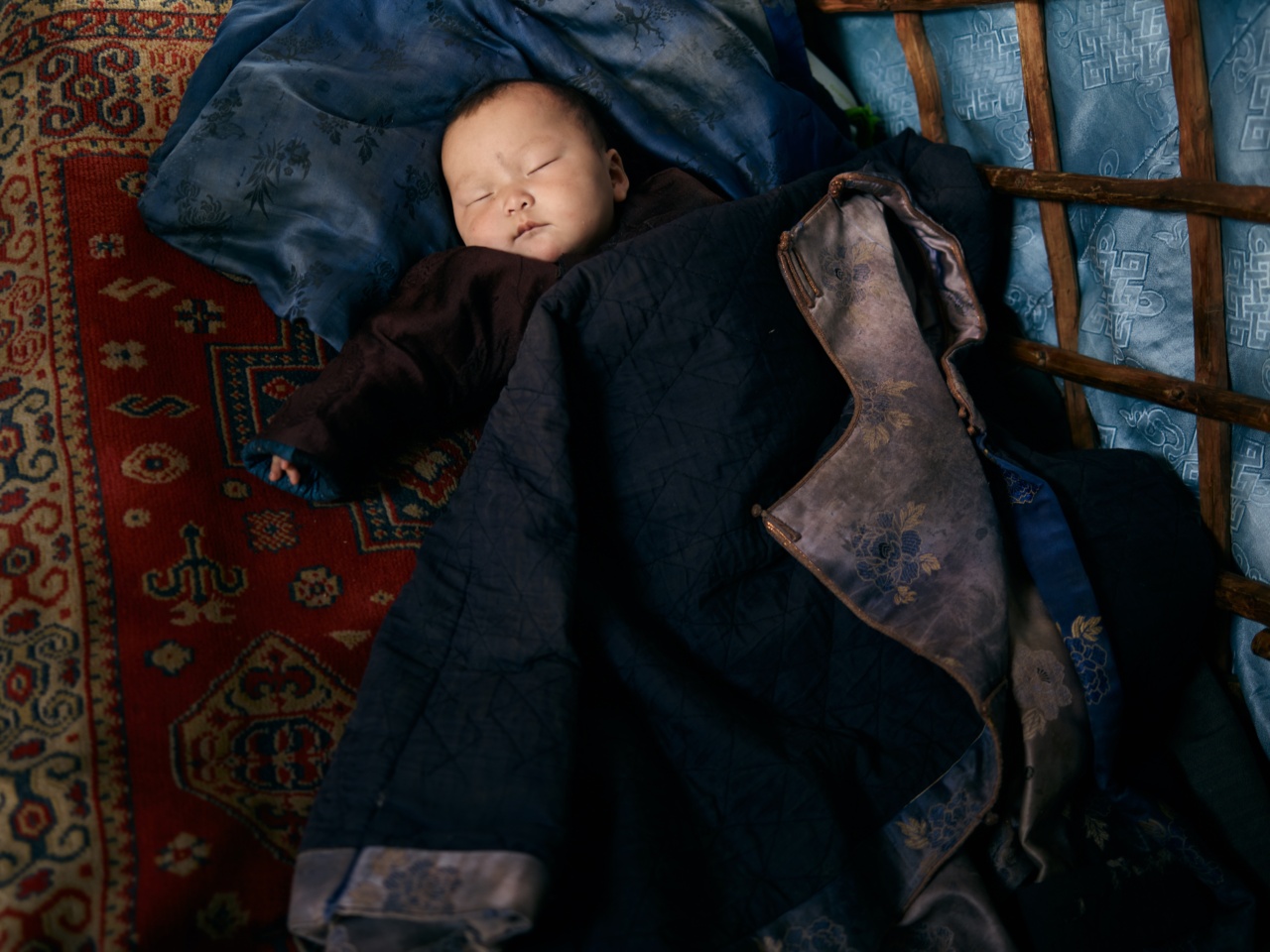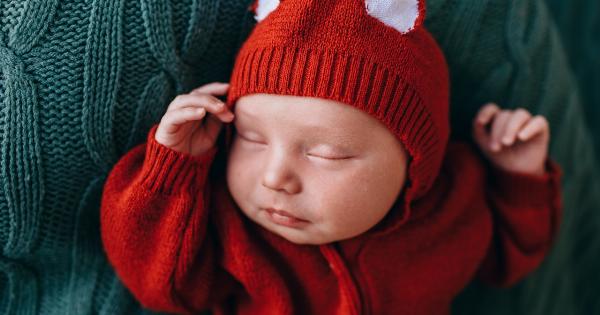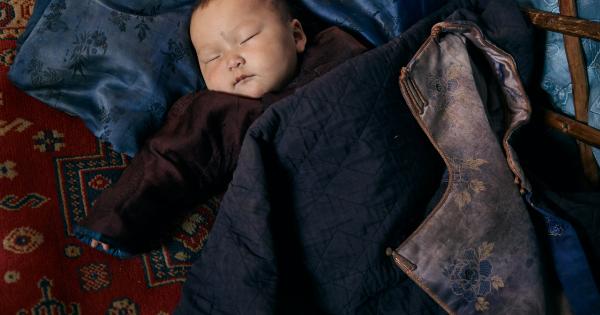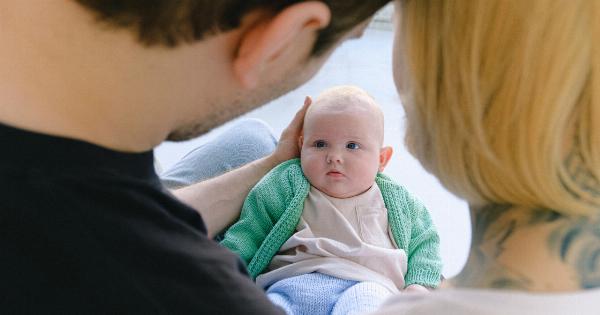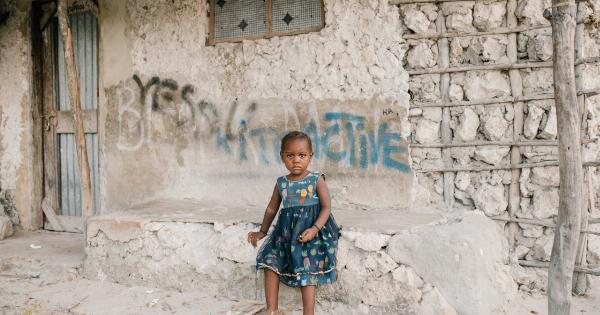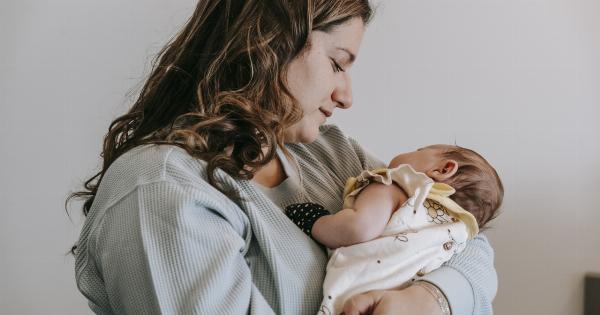Sweden is known for many things, including its beautiful landscapes, progressive policies, and high quality of life. When it comes to parenting, Sweden’s approach is often praised for being grounded in science and research.
One area where this is especially notable is in the country’s baby safety tips, particularly the recommendation to not sleep with infants.
Why Sweden Recommends Against Sleeping with Infants
Sleeping with infants, also known as co-sleeping or bed sharing, is a controversial topic among parents and experts alike. On one hand, proponents argue that it can promote bonding and make breastfeeding easier.
On the other hand, critics point to the risks of suffocation, Sudden Infant Death Syndrome (SIDS), and other accidents.
In Sweden, the official stance is clear: parents should not sleep with infants. This position is based on several factors:.
1. Increased Risk of SIDS
SIDS is the leading cause of death among infants between one month and one year of age in developed countries. While the exact causes of SIDS are still not fully understood, research has shown that certain factors can increase the risk.
These include exposure to smoke, overheating, and sleeping on the stomach or with other people. In fact, studies have found that the risk of SIDS is up to five times higher for infants who sleep with adults compared to those who sleep in their own cribs.
2. Danger of Accidental Suffocation
Another concern with sleeping with infants is the risk of accidental suffocation.
This can happen if a parent or other person unintentionally covers the infant’s face with bedding or pillows, or if the infant becomes trapped between the mattress and a bed frame or wall. Suffocation can also occur if the infant becomes wedged between the adult’s body and the side of the bed.
3. Increased Risk of Other Accidents
Aside from SIDS and suffocation, there are other types of accidents that can occur when infants sleep with adults.
These include falls from the bed, getting caught in bed frames or headboards, and getting trapped in gaps between the bed and walls, furniture, or other objects. In addition, infants who sleep with adults may be more likely to be accidentally injured or smothered by a sleeping adult.
4. Cultural Norms and Parental Education
In addition to the risks associated with co-sleeping, Sweden’s recommendation is also influenced by cultural norms and parental education.
In many cultures, it is common for parents and children to sleep together, and there may be strong social and emotional pressures to do so. In Sweden, however, there is a greater emphasis on independence and self-sufficiency, both in children and adults. In addition, parental education programs in Sweden emphasize the importance of safe sleeping practices and the dangers of bed sharing.
Alternatives to Sleeping with Infants
For parents who are concerned about the risks of co-sleeping but still want to promote bonding and facilitate breastfeeding, there are several alternatives to consider:.
1. Room-Sharing
The American Academy of Pediatrics recommends that infants sleep in the same room as their parents, but in a separate crib or bassinet, for at least the first six months of life (and ideally up to one year).
This allows parents to keep a close eye on their baby and respond quickly to any needs, while also reducing the risk of SIDS and other accidents associated with bed sharing.
2. Co-Sleeping Cribs
Another option to consider is a co-sleeping crib, which attaches securely to the side of the adult bed and provides a separate sleeping space for the baby.
This allows parents to be close to their infant without sharing the same sleeping surface or risking suffocation or entrapment. Co-sleeping cribs can also make breastfeeding easier, as the infant can be easily accessed and returned to the crib after feeding.
3. Safe Sleep Practices
In addition to choosing a safe sleeping arrangement, parents can take other steps to reduce the risk of SIDS and other accidents.
These include placing infants on their backs to sleep, using a firm and flat sleep surface, avoiding soft bedding and pillows, and keeping the sleeping area free of toys, blankets, and other objects.
Conclusion
While co-sleeping with infants may offer some benefits, the risks associated with this practice are substantial. In Sweden, the official recommendation is to avoid bed sharing and to promote safe sleep practices in other ways.
By choosing a safe and appropriate sleeping arrangement, parents can help reduce the risk of SIDS and other accidents, while still fostering a close and loving bond with their infants.
